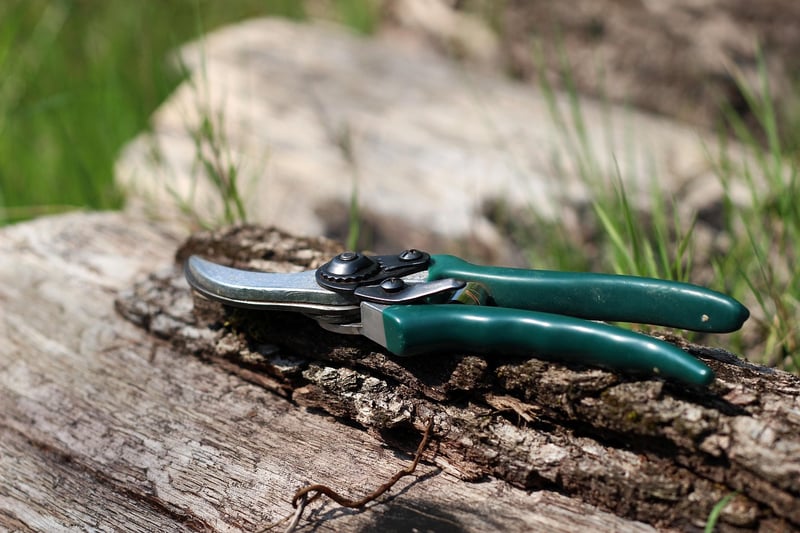Pruning Guidelines
Keeping Your Vertical Garden Thriving
Vertical gardens are a fantastic way to bring greenery into small spaces, add visual interest to blank walls, and improve air quality. However, maintaining a vertical garden requires some care and attention to keep it thriving. Here are some tips to help you ensure your vertical garden stays healthy and beautiful:
Choose the Right Plants
Not all plants are suitable for vertical gardens. When selecting plants, consider factors such as light requirements, water needs, and root size. Opt for plants that are well-suited to vertical growth, such as ferns, succulents, and trailing vines.
Provide Adequate Light and Water
Most plants in vertical gardens require sufficient light to thrive. Ensure that your vertical garden receives the right amount of sunlight based on the plant's needs. Additionally, water your plants regularly, ensuring that excess water can drain properly to prevent root rot.
Fertilize Regularly
Vertical gardens may need more frequent fertilization than traditional gardens due to the limited space and nutrients available. Use a balanced fertilizer to provide essential nutrients to your plants and promote healthy growth.
Monitor for Pests and Diseases
Keep an eye out for pests and diseases that can affect your vertical garden. Inspect your plants regularly for any signs of infestation or illness. If detected early, you can take appropriate measures to prevent further damage.
Pruning Guidelines for Vertical Gardens
Pruning is essential for maintaining the health and appearance of your vertical garden. Proper pruning helps control plant growth, remove dead or damaged parts, and encourage new growth. Here are some guidelines for pruning your vertical garden:
Regularly Trim Overgrown Plants
Plants in vertical gardens may become overgrown, affecting the overall look of your garden. Trim back excess growth to maintain a tidy appearance and prevent overcrowding.
Remove Dead or Yellowing Leaves
Dead or yellowing leaves not only detract from the beauty of your vertical garden but can also indicate underlying health issues. Remove these leaves promptly to promote plant health and prevent the spread of disease.
Prune After Flowering
For flowering plants in your vertical garden, prune them after they have finished flowering. This helps redirect the plant's energy into new growth and future blooms.
By following these tips for maintaining and pruning your vertical garden, you can create a lush and vibrant green space that enhances your home or office environment.

Image source: Pixabay
